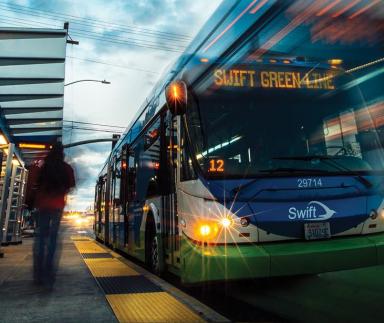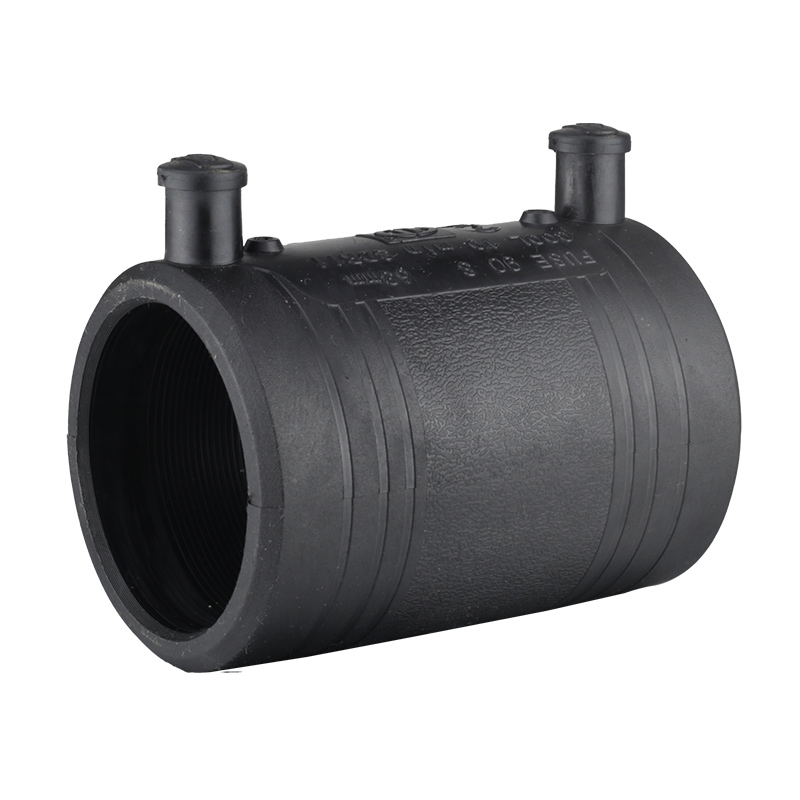Public transportation plays a pivotal role in shaping the mobility and sustainability of cities across the globe. As urbanization continues to surge, the need for efficient and reliable transportation systems becomes increasingly crucial. In this blog post, we will explore the top destinations that boast the best public transportation networks, revolutionizing the way people commute and enhancing the overall quality of life.
- Tokyo, Japan: The Pinnacle of Precision and Punctuality
Tokyo's public transportation system is renowned for its unparalleled efficiency and precision. The city's extensive network comprises trains, subways, and buses that seamlessly connect every corner of the metropolis. The iconic Tokyo Metro, operated with clockwork precision, ensures minimal waiting times and swift travel. Additionally, the integration of smart card systems, such as Suica and Pasmo, enables hassle-free transfers between different modes of transport. - Singapore: The Epitome of Integration and Innovation
Singapore's public transportation system is a testament to meticulous planning and technological advancements. The Mass Rapid Transit (MRT) system, complemented by an extensive bus network, provides seamless connectivity throughout the city-state. The integration of smart technologies, such as contactless payment systems and real-time travel information, ensures a smooth and convenient commuting experience. Singapore's commitment to sustainability is evident through initiatives like the electric bus fleet and the promotion of cycling infrastructure. - Zurich, Switzerland: The Paradigm of Reliability and Accessibility
Zurich's public transportation system is renowned for its exceptional reliability and accessibility. The Swiss Federal Railways (SBB) network, combined with an extensive tram and bus network, offers comprehensive coverage within the city and its surrounding regions. The integration of various modes of transport, including boats and bicycles, further enhances the accessibility and convenience for commuters. Zurich's commitment to punctuality is exemplified by the famous Swiss precision, ensuring minimal delays and disruptions. - London, United Kingdom: The Icon of Iconic Transport Systems
London's public transportation system, epitomized by the iconic red double-decker buses and the world-famous London Underground, is an integral part of the city's identity. The extensive network of buses, trams, trains, and the Tube ensures that no destination is out of reach. London's Oyster card system simplifies fare payments, while real-time updates and digital signage keep commuters informed. The introduction of the Elizabeth Line (Crossrail) further enhances connectivity, making London a global leader in public transportation. - Curitiba, Brazil: The Vanguard of Sustainable Transit
Curitiba's innovative Bus Rapid Transit (BRT) system has gained international acclaim for its sustainable and efficient approach to public transportation. The dedicated bus lanes, strategically designed stations, and prepaid boarding ensure swift and reliable travel. Curitiba's emphasis on urban planning, with designated pedestrian zones and extensive cycling infrastructure, promotes a greener and more livable city. The city's commitment to sustainability has inspired similar BRT systems worldwide.
Conclusion:
The best public transportation systems in the world exemplify efficiency, integration, reliability, and sustainability. Tokyo, Singapore, Zurich, London, and Curitiba have set the benchmark for other cities to aspire to. By continuously embracing technological advancements, prioritizing passenger experience, and fostering sustainable practices, these cities have revolutionized public transportation, making commuting a seamless and enjoyable experience for millions of people. As cities continue to evolve, it is imperative to learn from these global leaders and strive for transportation systems that are not only efficient but also environmentally friendly and socially inclusive.





More Stories
Why Quality MG Parts Are Essential for Extending the Life of Your MG Vehicle
How Do the Safety and Self-Protection Features of the Fire Extinguishing Robot Enhance Performance in High-Risk Fire Scenes?
Exploring the 306 hp Version of the Audi Q5 e-tron: Performance Meets Practicality